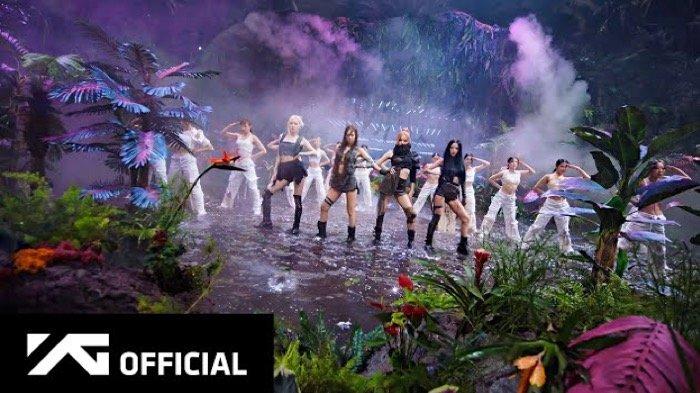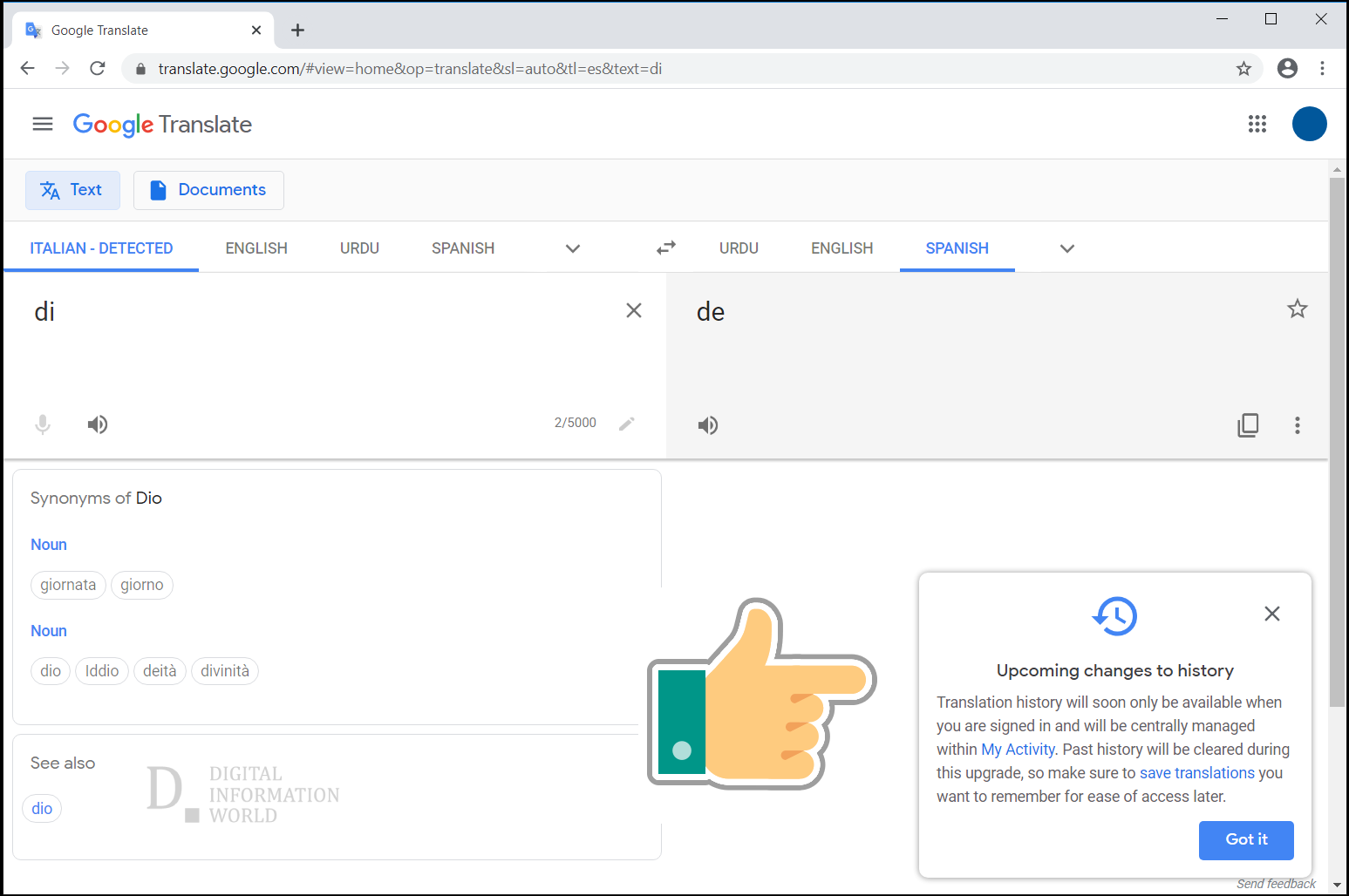

But Google said the service still has a long way to go, as there are still some 7,000 unsupported languages globally that Translate doesn’t address. The expansion brings the total number of languages supported by the service to 133. You can imagine if you’re some big polyglot, and then you just start reading novels in another language, you can start to piece together what it could mean based on your knowledge of language in general,” he said. But then additionally, it gets to see text in 1,000 more languages that isn’t translated. You can think of it as a polyglot that knows lots of languages. “At a high level, the way you can imagine it working is you have a single gigantic neural AI model, and it’s trained on 100 different languages with translation. But a new technology called Zero-Shot Machine Translation has made it easier. “Up until a couple of years ago, it simply was not technologically possible to add languages like these, which are what we call a low resource - meaning that there are not very many text resources out there for them,” he explained. Google’s ability to add new languages has improved thanks to technological advances taking place over the past few years, Caswell said. It also wanted to address indigenous languages, which are often overlooked by technology. The company said it selected this newest batch of languages to support by looking for languages with very large but underserved populations - which were frequently in the African continent and Indian subcontinent. He added that in addition to the indigenous languages of the Americas, Google Translate will support a dialect of English for the first time with Krio from Sierra Leone. You also improve user experience with low-latency streaming translation, and scale quickly with straightforward internationalization. “This ranges from smaller languages, like Mizo spoken by people in the northeast of India - by about 800,000 people - up to very large world languages like Lingala spoken by around 45 million people across Central Africa,” said Isaac Caswell, a Google Translate Research Scientist. Media Translation API delivers real-time audio translation directly to your content, and applications with enhanced accuracy, and simplified integration. In total, the 24 new languages are spoken by more than 300 million people worldwide, Google said. The company said it’s adding 24 new languages - including its first indigenous languages of the Americas with the additions of Quechua, Guarani and Aymara. To use Google Translate on the web, go to Google Translate.In addition to improving Google Assistant’s ability to communicate with users in a more natural way, Google today announced improvements to its Google Translate service.
Google trainslation download#
Note: To download a language, by default, you must be connected to a Wi-Fi network. If either language isn’t available for download, it will say "Not available offline."

Google trainslation Offline#
To download both languages for offline use, leave "Translate offline" checked. To pick from available languages, tap the Down arrow. The first time you open Google Translate, you’ll be asked to choose your primary language and the language you translate most often. Tip: In version 6.10 and up, you can use a Dark theme in the Translate app. For technical details, check your manufacturer’s instructions. Note: To translate images with your camera in all supported languages, your device must have an auto-focus camera and a dual-core CPU with ARMv7. To get started, download the Google Translate app for Android. Step 1: Download the Google Translate app You can translate text, handwriting, photos, and speech in over 100 languages with the Google Translate app.


 0 kommentar(er)
0 kommentar(er)
